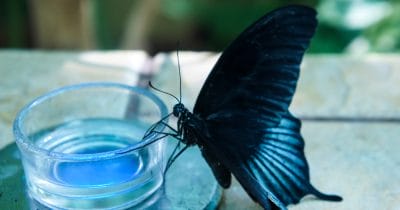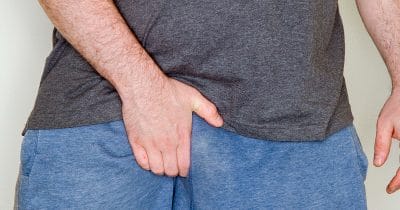
No one ever wants to be bitten by a snake, and hopefully, you’ll never have to face that nightmare in your lifetime. But what if the unthinkable happens?
Picture yourself stranded in a remote location, miles from help, with a venomous snake’s bite coursing through your veins. In that critical moment, the knowledge you have could mean the difference between life and death. Here’s what you need to do – fast.
The numbers
Have you ever found yourself randomly wondering what it would be like to get bitten by a snake? I wouldn’t say it’s something I think about all the time, but the thought has definitely crossed my mind. How does it feel? How would I react?
And, most importantly, what should you do if it actually happens? It’s not something any of us want to experience, but it’s always good to be prepared, just in case.
Every year, between 7,000 and 8,000 people in the United States are bitten by venomous snakes. Only about five of them die, though the number would likely be higher if medical treatment weren’t sought immediately.
In low- and middle-income countries, snakebite envenoming proves to be more deadly than nearly any other neglected tropical disease.

Fortunately, only15% of snakes worldwide, and around 20% in the U.S., are venomous. These include the infamous rattlesnake, coral snake, cottonmouth (aka water moccasin), and copperhead — snakes whose bites can be pretty nasty. Venomous snakes in North America usually have slitted eyes, a triangular head, and fangs (think pit vipers). The coral snake is the odd one out with its cigar-shaped head and round pupils.
Being bitten by a snake is a frightening experience, particularly in remote areas. The actions you take immediately after the bite can greatly influence your survival. Here’s a quick guide to help you stay calm and increase your chances of recovery.
1. First Things First: Stay Safe and Calm
Your top priority is getting away from the snake — do not attempt to capture or kill it. This could waste precious time and risk another bite. Stay calm; panic only speeds up your heart rate and helps spread venom faster.
- Move Away: Get out of the snake’s striking range immediately.
- Stay Calm: Focus on controlling your breathing and staying still.
- Remove Tight Clothing & Jewelry: If the bitten area starts to swell, remove anything that could constrict the area.
2. Identify the Snake (If Possible)
If you’re able to safely observe the snake from a distance, note its color, shape, and size. This information can help medical professionals determine the best course of treatment. But don’t risk another bite for the sake of identification.
- If possible, snap a photo from a safe distance.
3. Keep the Affected Limb Still
Try to keep the bitten limb as still as possible.
Use a splint or sling to immobilize the area and prevent the venom from spreading quickly. Avoid raising the limb above heart level.
4. Seek Medical Help: Time Matters
Get to a medical facility ASAP. Call emergency services, or have someone transport you quickly. Share details about the incident, like when and where the bite occurred, as well as any info about the snake.
If you’re alone in a remote area, signal for help and begin moving toward assistance while keeping the affected limb immobile.
5. What NOT to Do
There are plenty of harmful myths about treating snake bites. Avoid these actions:
- Don’t cut the wound: This could cause more harm and introduce infection.
- Don’t try to suck out the venom: It’s ineffective and dangerous.
- Don’t use a tourniquet: This can cut off circulation and damage tissue.
- Don’t apply ice or cold packs: They can worsen tissue damage.
- Don’t consume alcohol or caffeine: These speed up the heart rate and can spread venom more quickly.
- Don’t take pain-relieving medicine, such as aspirin, ibuprofen (Advil, Motrin IB, others) or naproxen sodium (Aleve). Doing so can increase your risk of bleeding.
6. What to Expect from Medical Treatment
When you reach a medical professional, they will assess the bite’s severity and begin treatment, which may include administering antivenom, treating the wound, and providing pain relief. Be sure to watch for increased swelling or redness around the bite area.
7. Preventing Snake Bites: Be Prepared
While it’s impossible to eliminate the risk of a snake bite, you can take steps to reduce your chances:
- Be aware of your surroundings: Pay close attention when walking through tall grass or near water.
- Wear protective clothing: Sturdy boots and long pants can offer a barrier.
- Don’t provoke snakes: Never try to handle or bother a snake.
- Use a flashlight at night: Snakes are more active after dark.
8. In Conclusion
Knowing what to do immediately after a snake bite could be the difference between life and death. Stay calm, get to medical help quickly, and avoid common myths that could worsen the situation. By staying informed and prepared, you can dramatically increase your chances of recovery.





